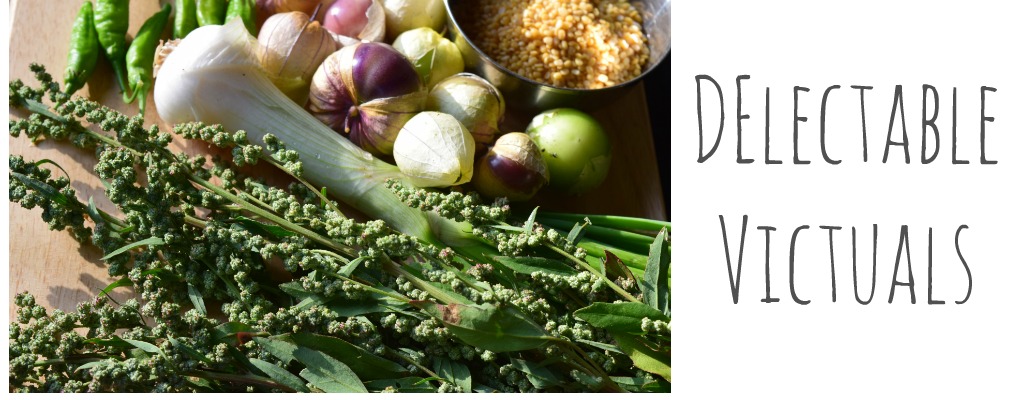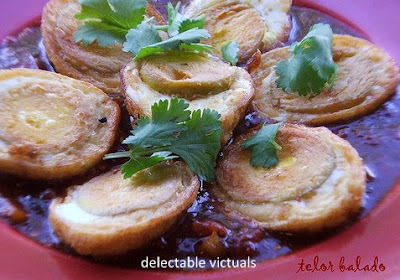Vegetable Biriyani
Biriyani and Pulau (Pilaf) are two of my favorite ways of cooking veggies with rice that turn out slightly differently each time, depending on my mood and the spices i use for flavoring.
Usually, my versions of biriyani involve frying the rice and spices and layering them and baking; whereas for pulau i soak the rice, cook it till half done and finish it off in the pot that has the sauteed spices and veggies.
Typically pulao is faster (about 35 mins) for me than biriyani as pulao is cooked on stove top entirely, whereas baking biriyani takes about an hour and a half or more.
Ingredients
2 cups basmati rice
3 cups water
1/2 cup yogurt
2 cups frozen veggie blend (i like the california or fiesta blend)
(if using fresh veggies: carrots, bell peppers, green beans, peas, cauliflower, broccoli, chopped uniformly)
3 Tbsp roasted salted cashew nuts
3-4 Tbsp raisins
1 cup drained assorted canned fruits(or fresh chopped pineapple,apricot,cherry,pear)
1 medium onion,sliced thin
1 tsp brown sugar
1/2 tsp turmeric powder (optional)
1-2 strands of saffron soaked in warm milk (optional)
4-6 Tbsp ghee or butter
salt to taste
biriyani paste*:
2 tsp fennel seeds
1 star anise
2 indian bay leaf
2" piece of indian/chinese cinnamon bark
2 tsp coriander seeds
2 tsp whole black pepper
1 tsp poppy seeds
1 indian cardomom pod (aka black cardomom)
1-2 cloves
1-2 Tbsp oil
* i try to vary the proportion of these spices and get a slightly different flavor each time
Alternately, sometimes i like to use biriyani paste bought from the stores instead of making my own (either Patak's or Maggie or Shaan brands seem good)
Preparation
- dry roast the spices in a pan, and when cool enough to handle, pound them with some oil into a fine paste; set aside
- melt the butter or ghee and heat it gradually in a pan; add the onions and about 1/2 tsp salt and sautee, then add biriyani paste, brown sugar and the raw rice, sautee some more till rice is coated with the paste
- add the veggies and sautee till they are coated with the oil and the paste as well; add some more salt to taste (about a teaspoon or so); add the yogurt and stir till well incorporated
- pre-heat the oven to 375 F; heat the 3 cups of water - not boil - just bearable to touch
- grease a casserole dish or any other baking dish; spread a layer of sauteed rice+veggies+spices from the pan, spread a layer of fruits, another layer of rice+veggies+spices, top with fruits and raisins; add the hot water, cover the dish with aluminum foil and cook for about 30 mins; then remove the foil and cook another 30 mins till rice is done
- top with roasted cashews, serve warm
Labels: biriyani, indian, rice, vegetarian











